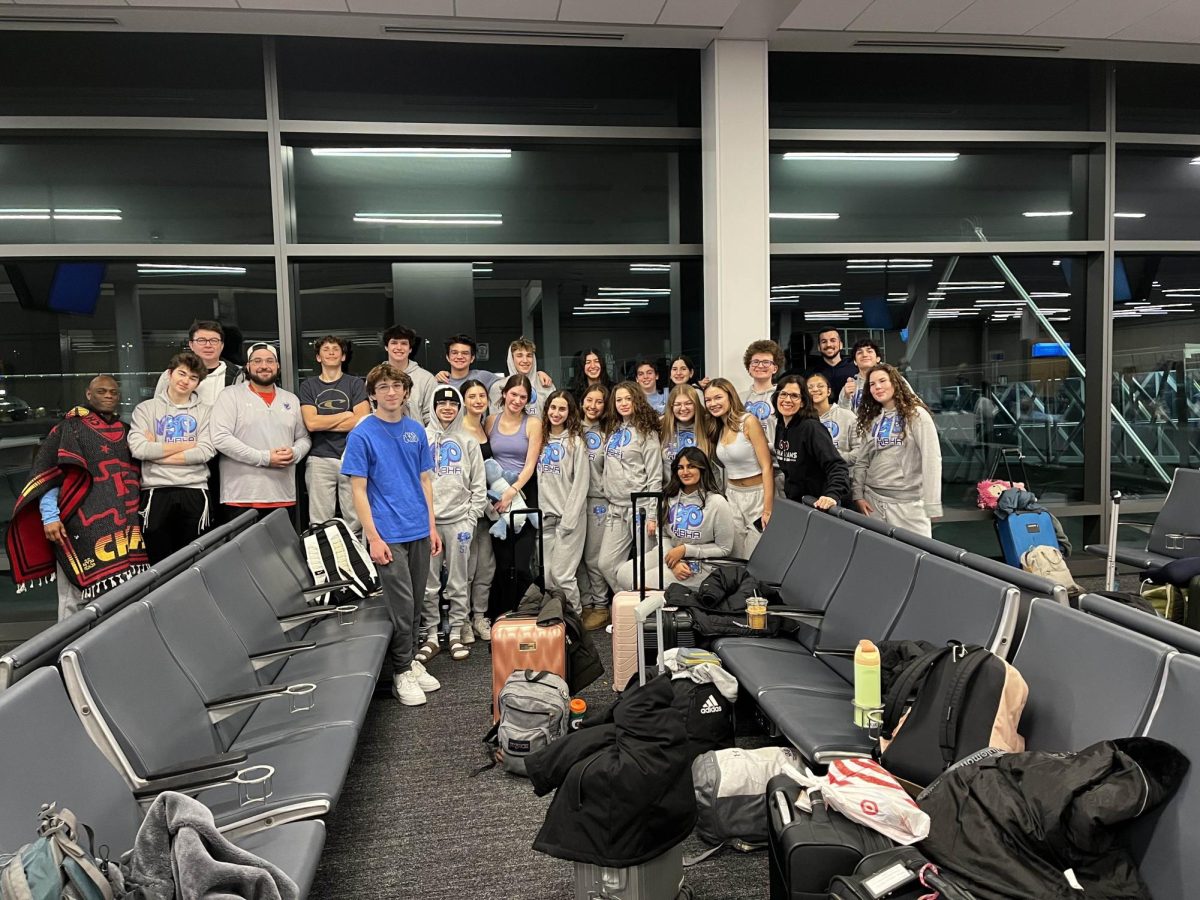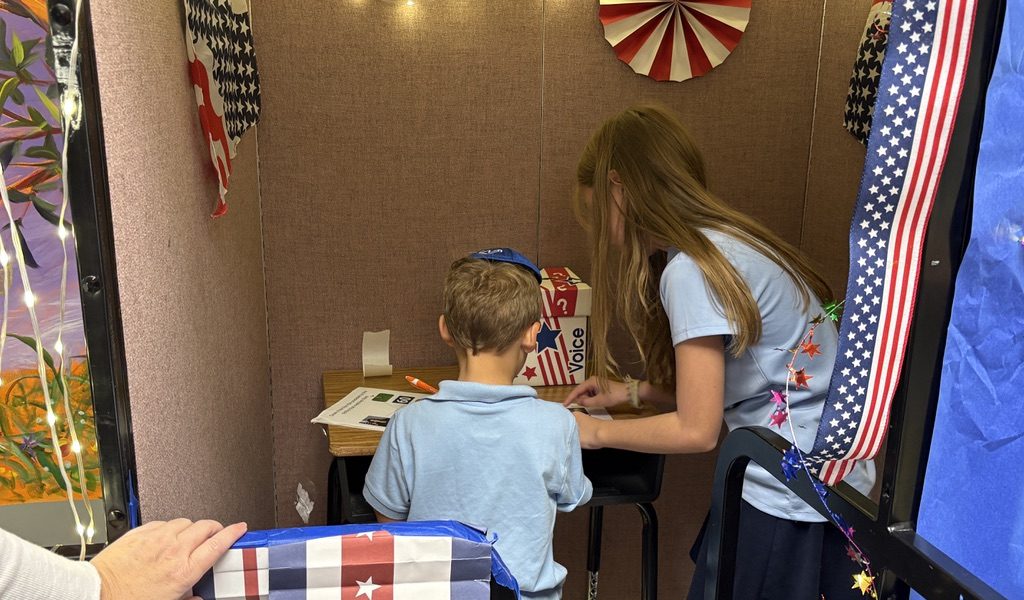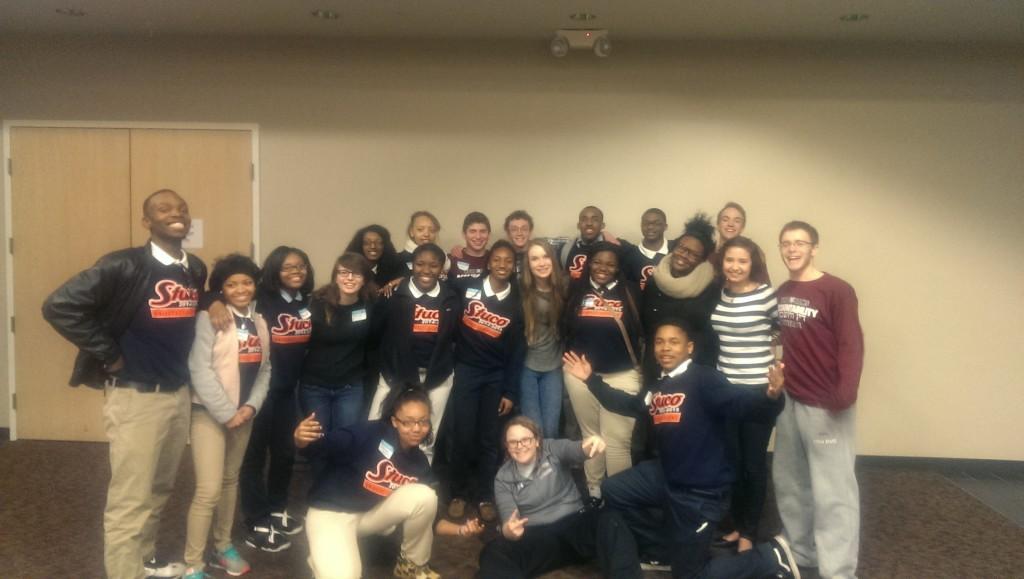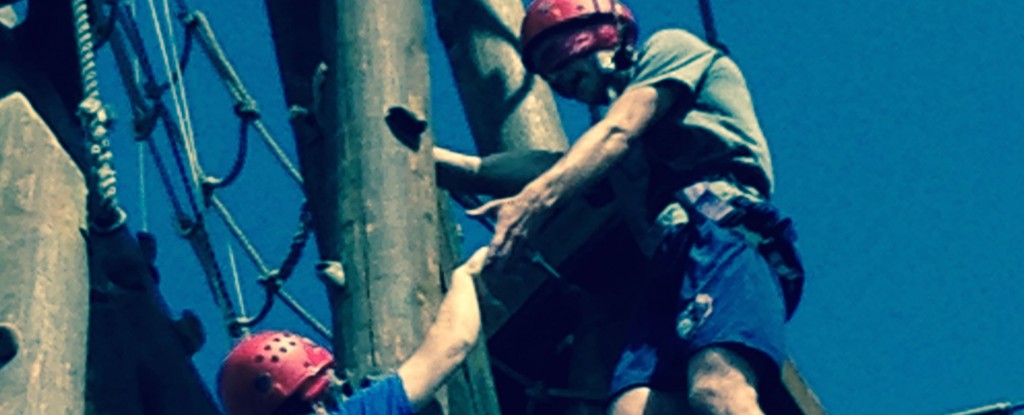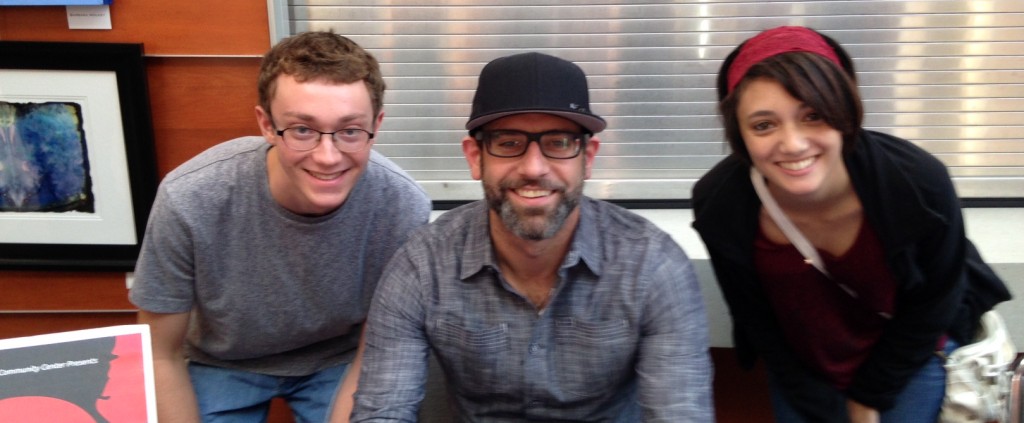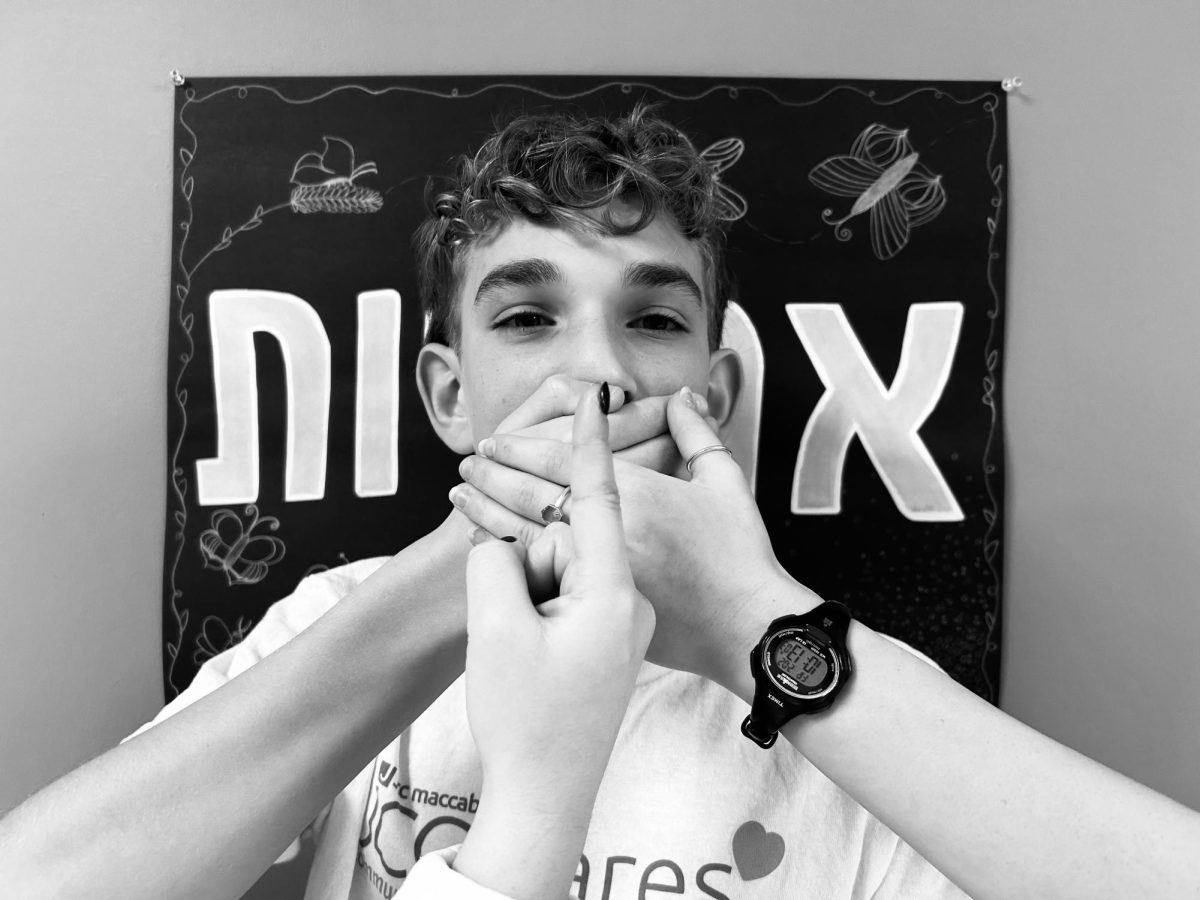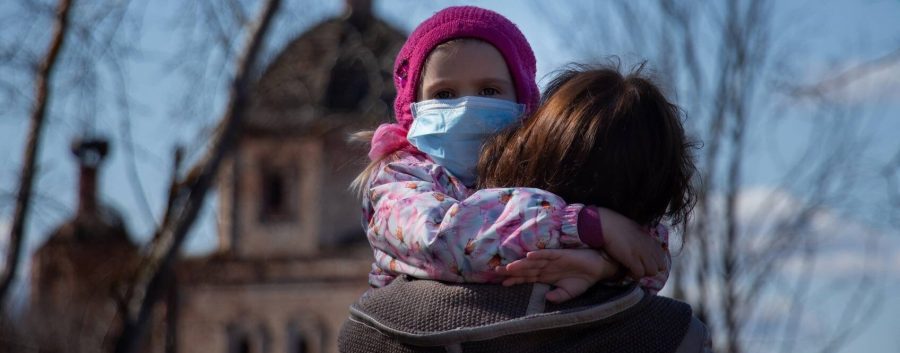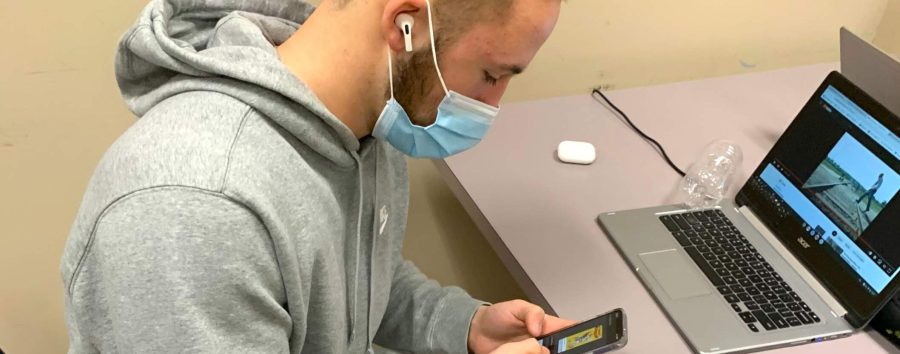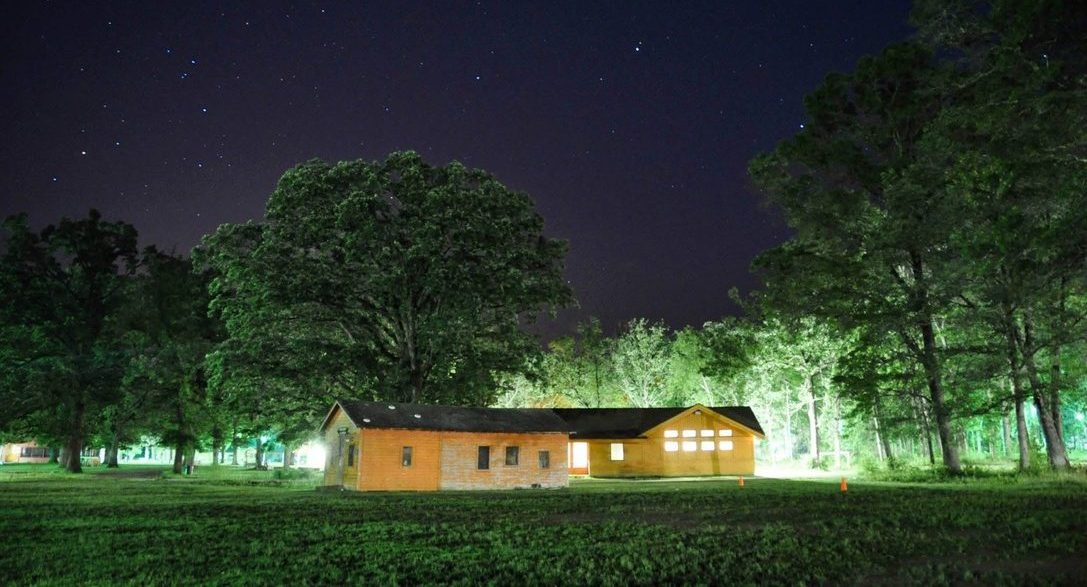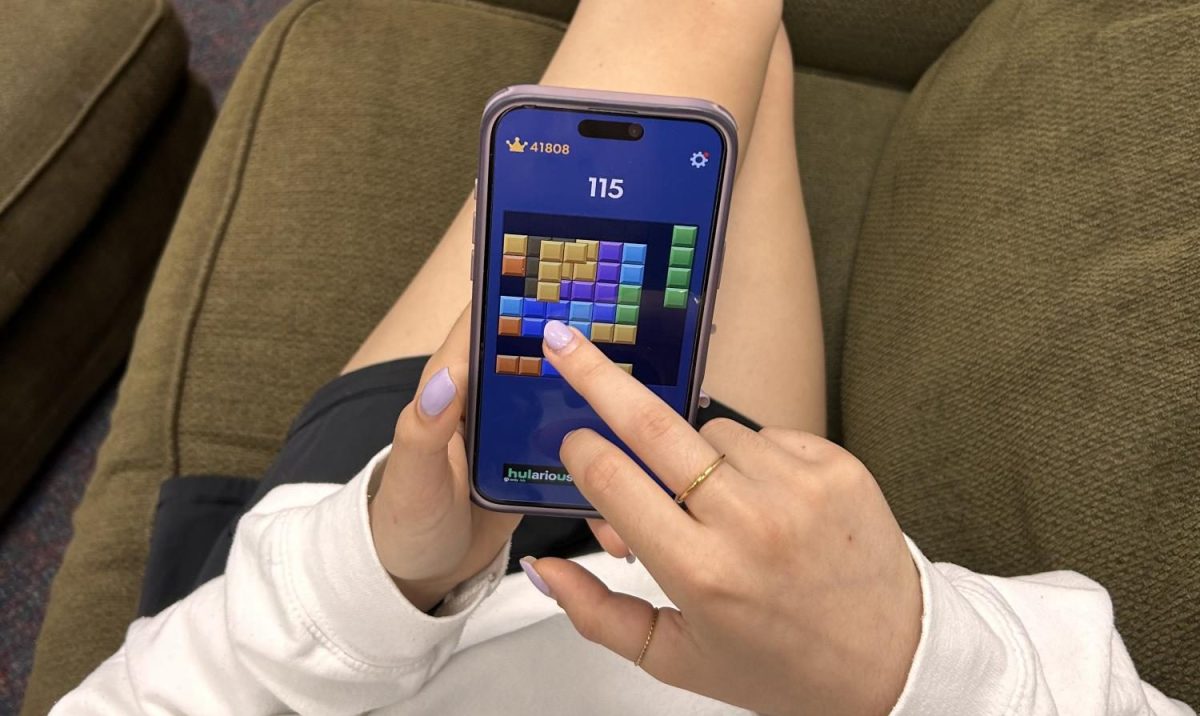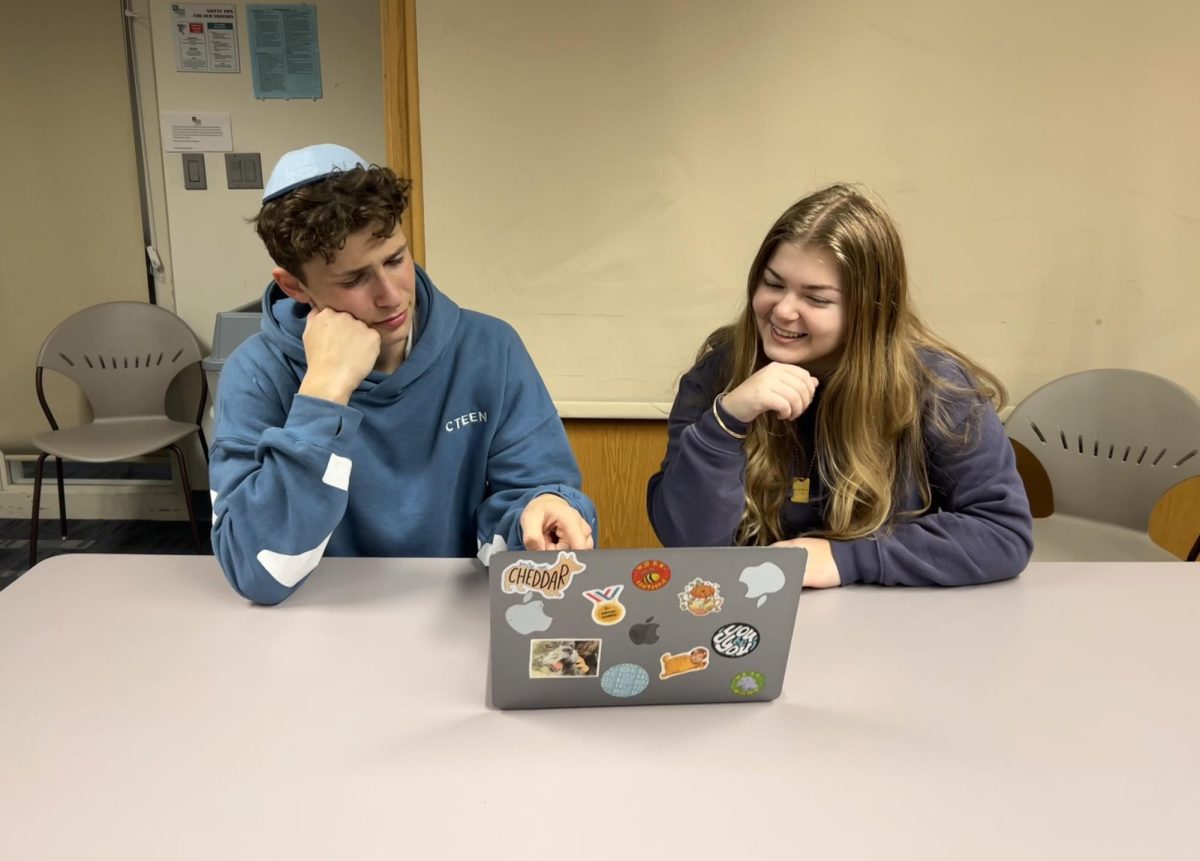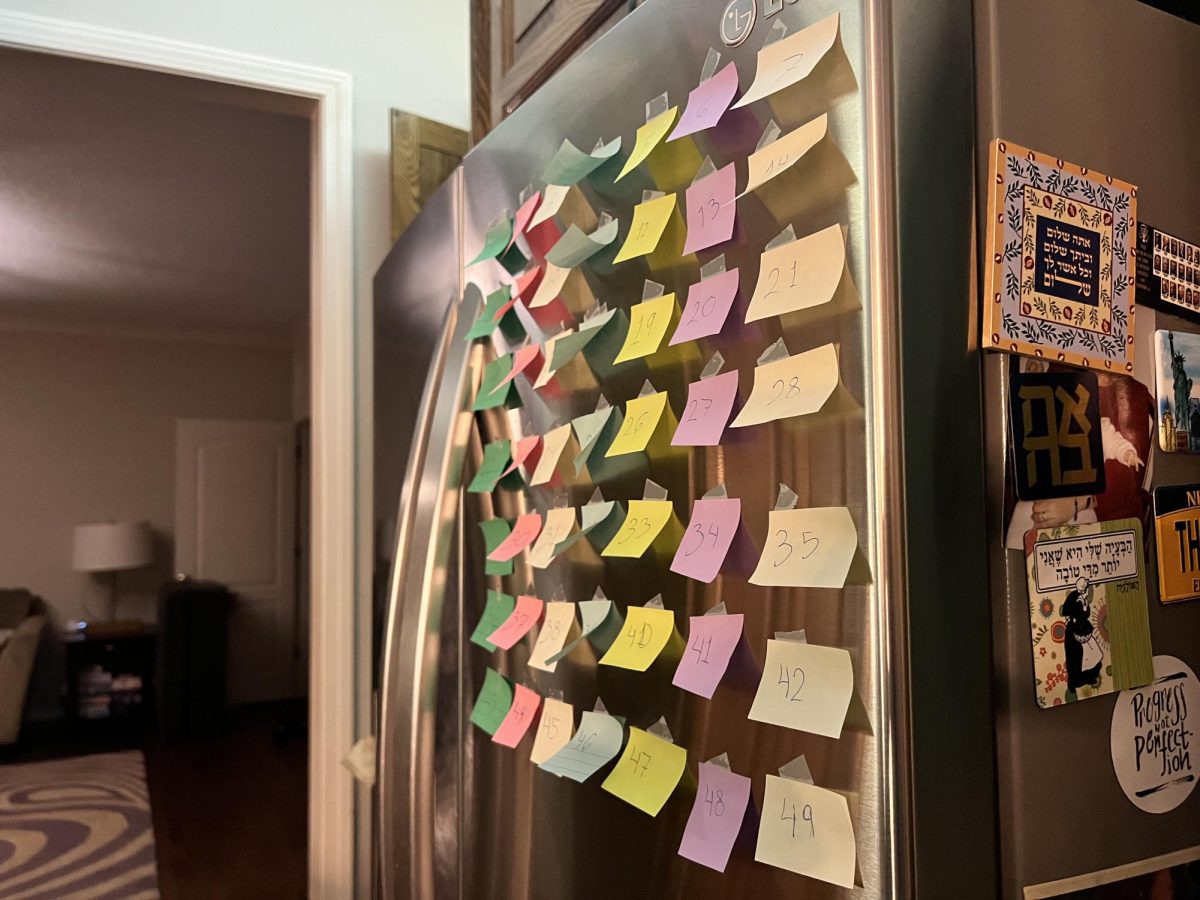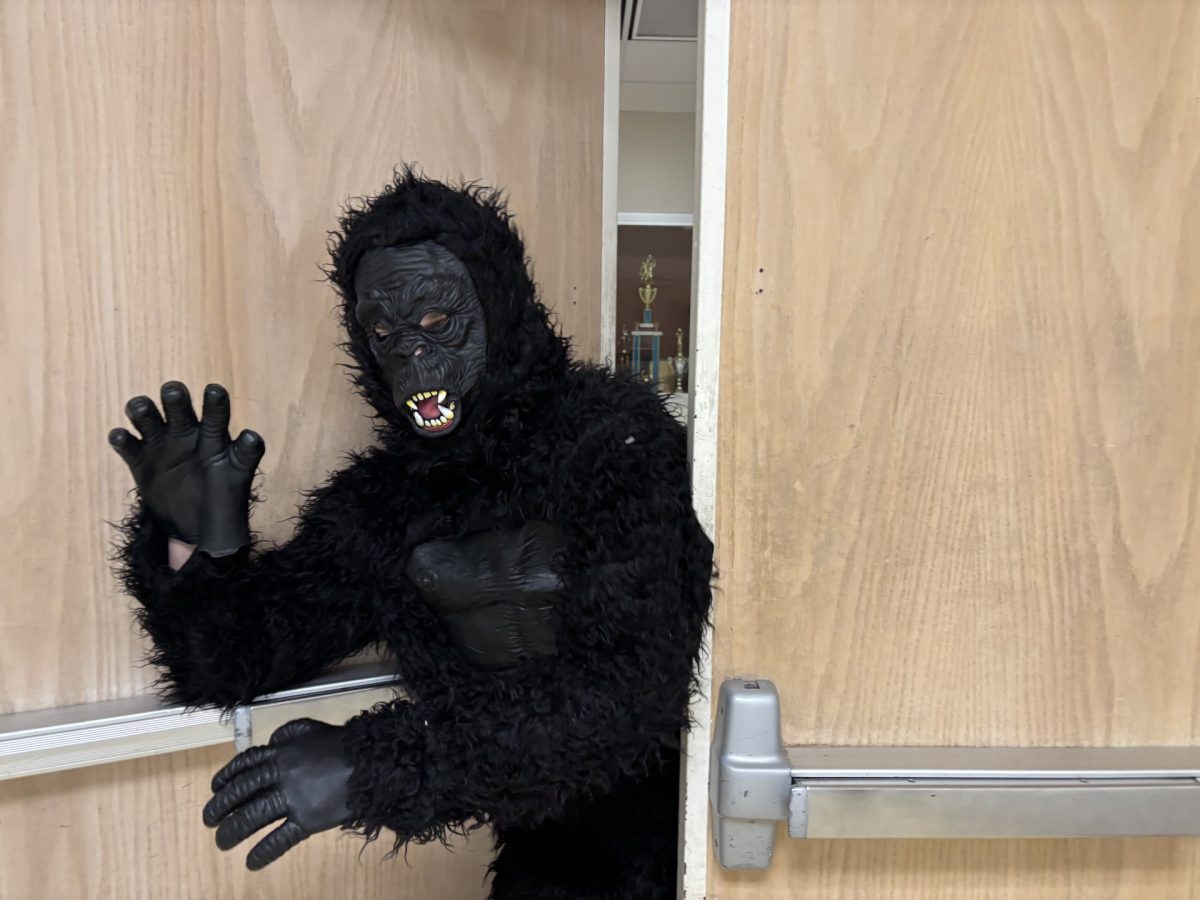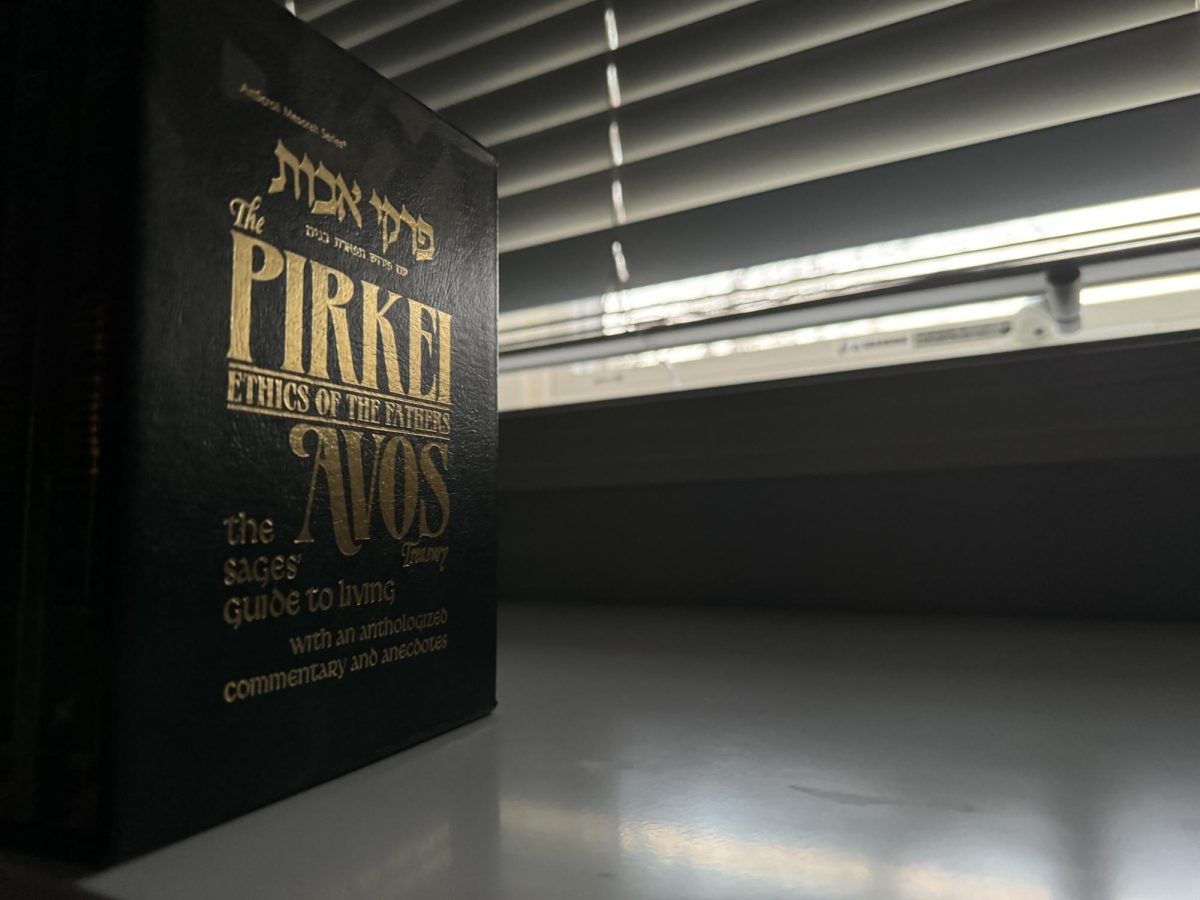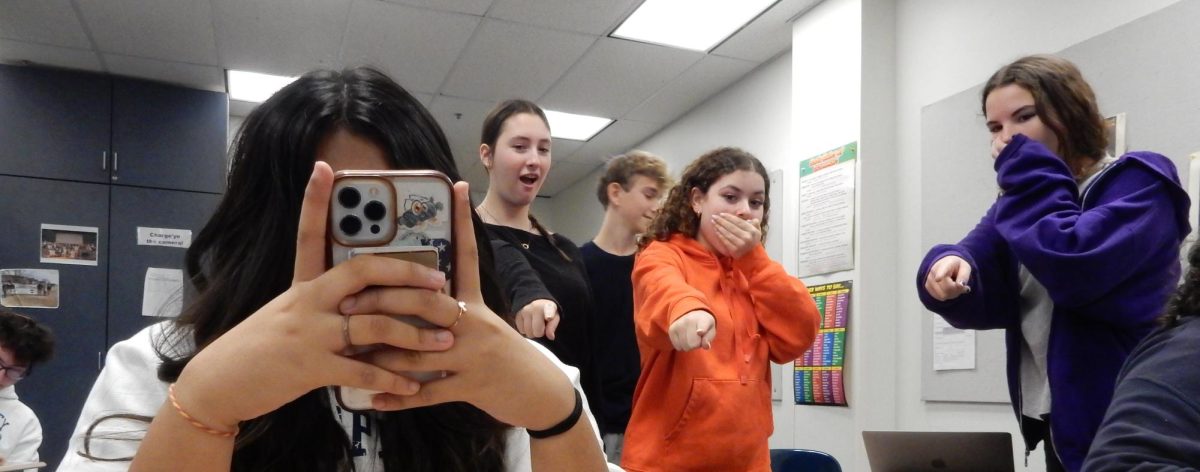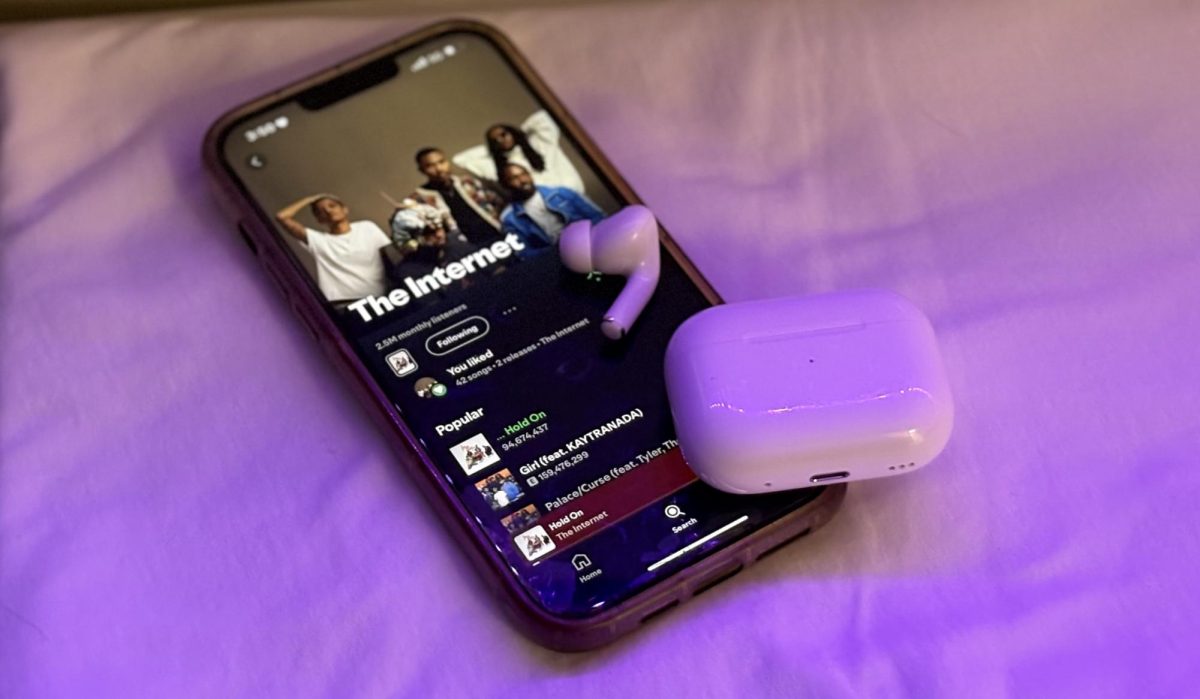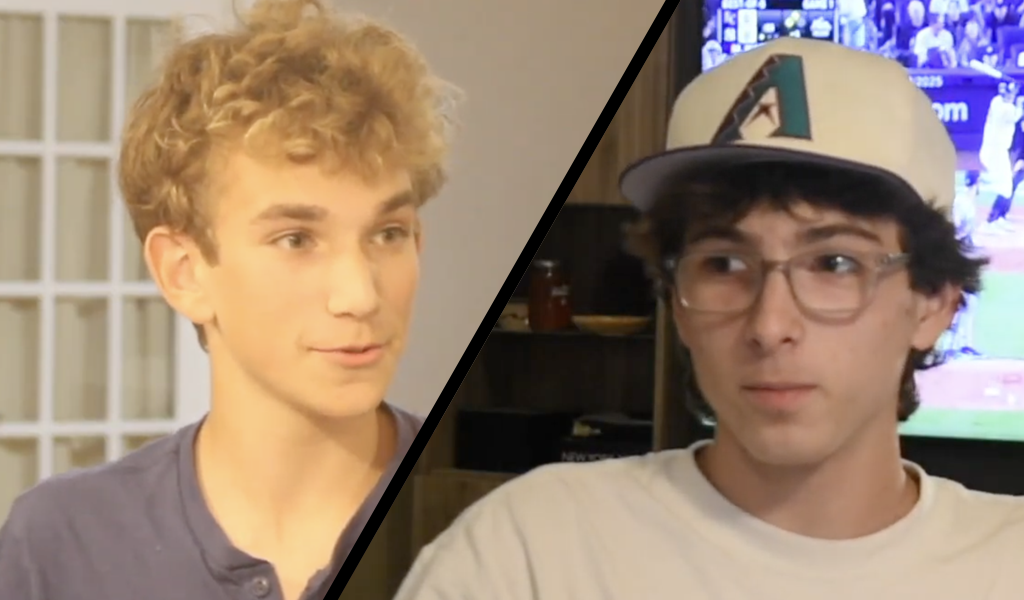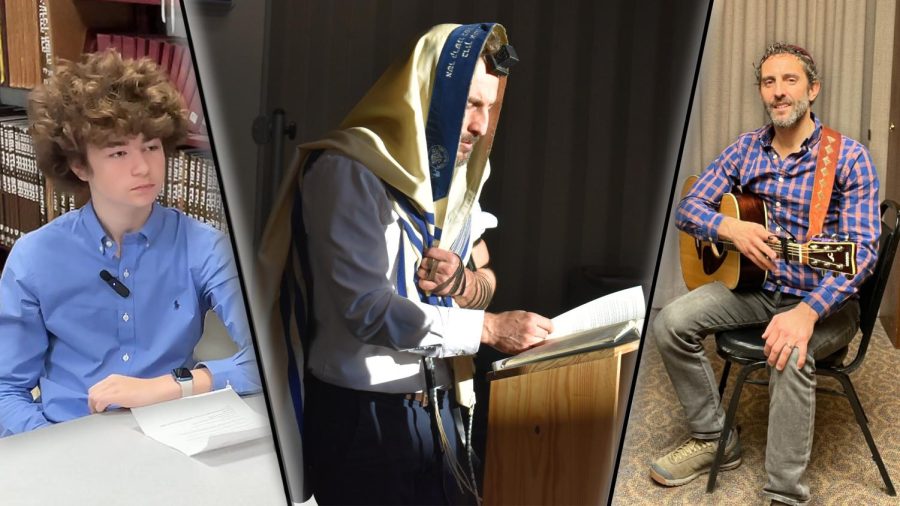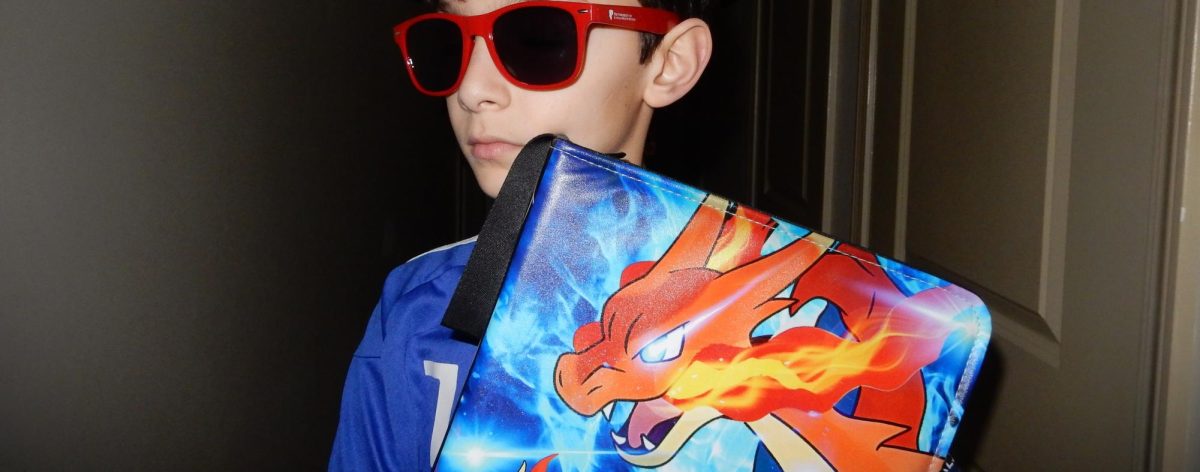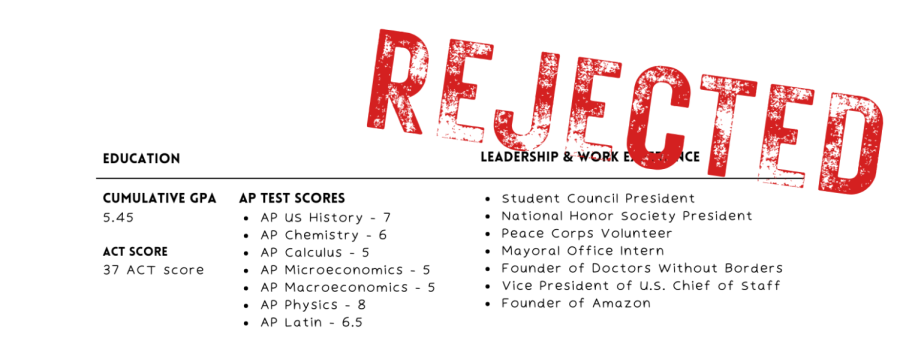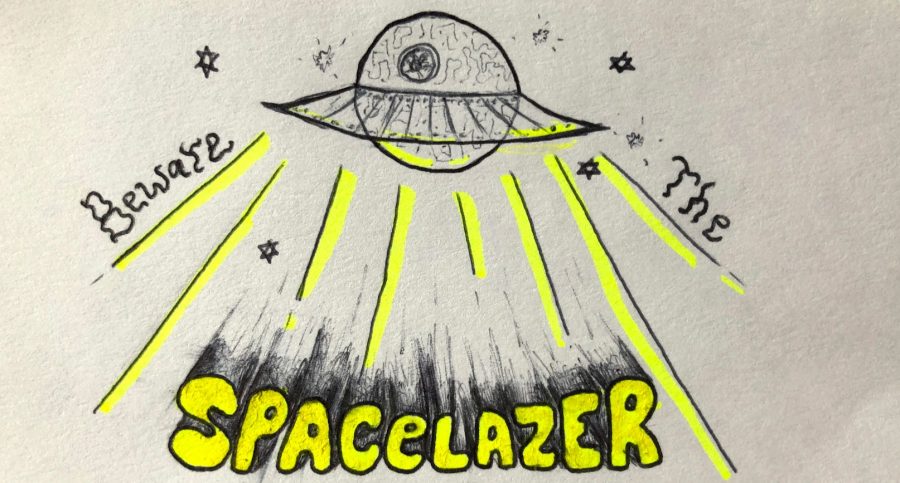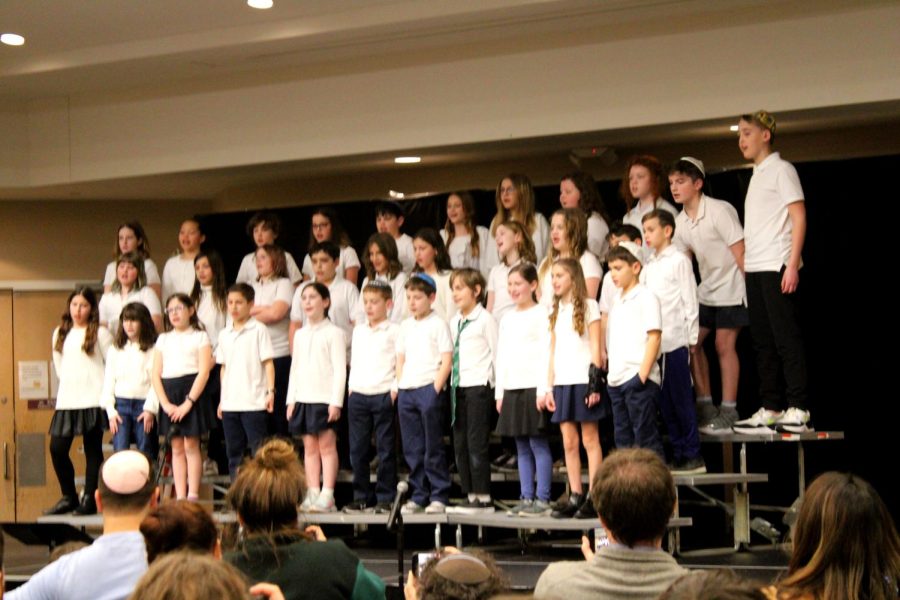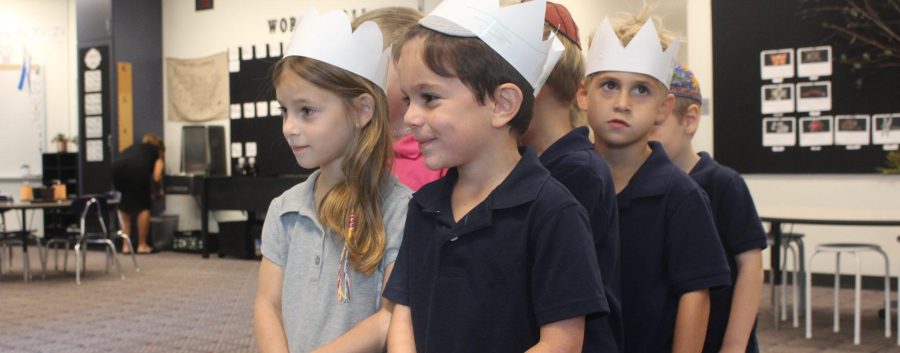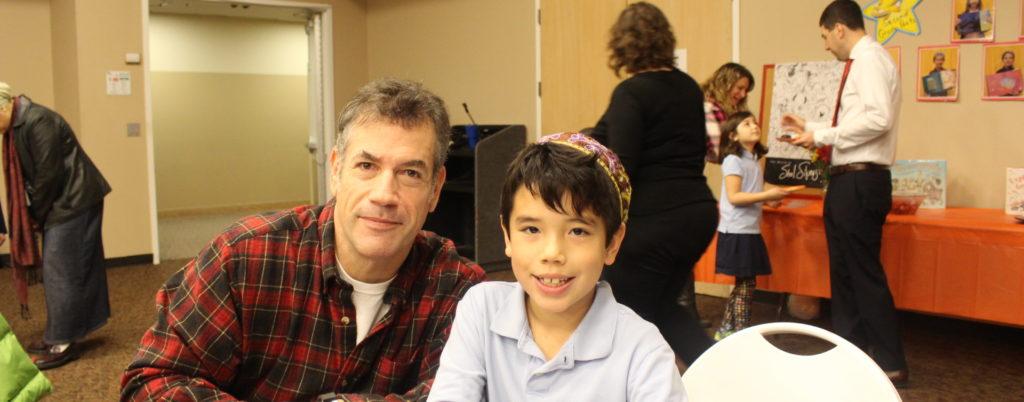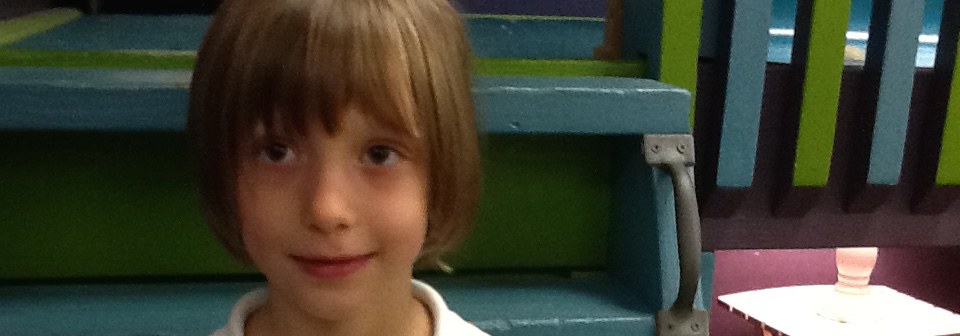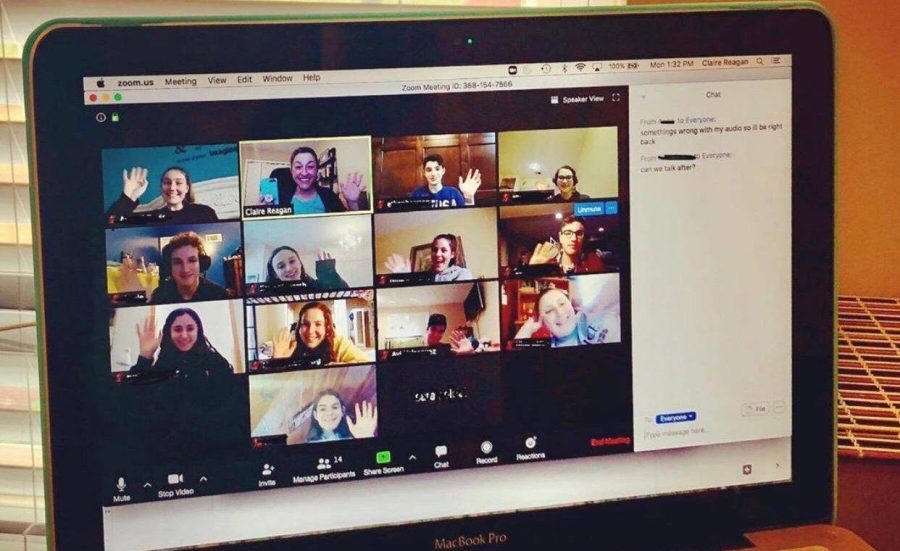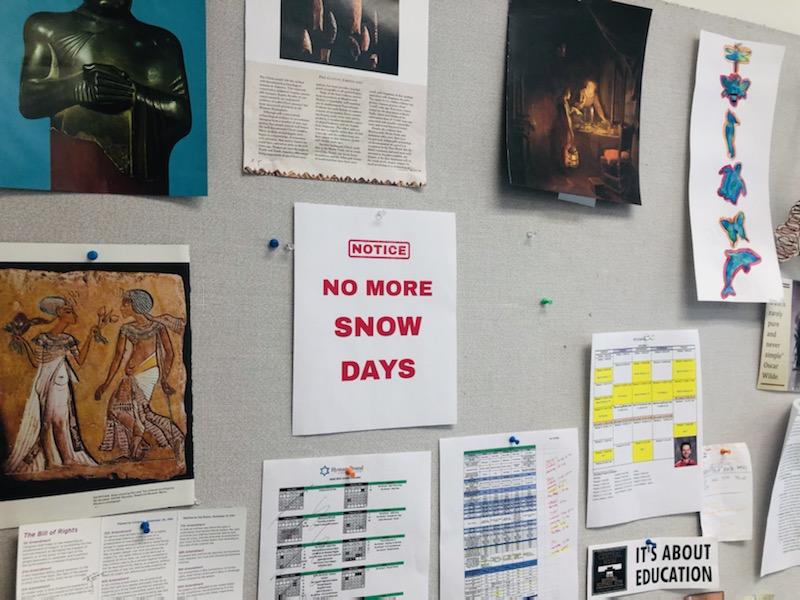Photo by Claire Reagan.
What is Zoom? Some might say that it’s a video conferencing website. Others refer to it as the greatest invention of the 21st Century. But Hyman Brand Hebrew Academy (HBHA) students know that Zoom is not just a video meeting site, it’s a newfound home.
Every home comes with its problems, though. It is often a standard to have dilemmas such as siblings performing operas in the shower, parents assigning their children exorbitantly difficult chores, or pets constantly begging for food right after eating. But rather than these typical problems, Zoom comes bombarded with glitches, audio and video problems, and greatest of all, no reliability whatsoever- all free of charge.
Before they experienced the obstacles of Zoom, students would stay up all night, tossing and turning because they were bursting with anticipation for their classes online. They would enter the day ecstatic to have a fulfilling and educational e-learning experience. Yet now, they often find themselves kicked off a call 15 minutes in, left in a spiral of confusion and abandonment.
Take Abbie Davis for instance. As an HBHA student, Abbie was so pumped for Zoom classes the first Monday of e-learning. She recalls thinking “everything’s going to be fine,” but as soon as she got on, everyone immediately froze up. “I didn’t know what to do! I was so devastated,” she exclaims, “I had been looking forward to the zoom for so long.” She remembers feeling heartbroken and “like the world was against [her].”

One of Zoom’s many features is setting a photo or video as the background of someone’s screen. R. Gina Renee, English Department chair and social studies teacher, often uses this feature to enhance her AP government class by displaying images of the White House or Capitol Hill as a backdrop. But nearly every class, especially during in-depth discussions about Federalism or the judiciary, you can most certainly find that the backgrounds change themselves. If you are lucky, they might be on-topic like an image of Ruth Bader Ginsburg, but other times they alter to absurd visuals such as images of Sprint’s hay bales or teacher yearbook photos from past years.
Another teacher who has been especially affected by these troubles is Micah Margolies who has attempted to conduct many high school theater classes. His lesson plans usually consist of students practicing their cues, going over lines, and running various scenes. But Zoom has other plans, oftentimes going rogue. These classes are met with the delightful display of cameras turning on and off, seeming to speak in Morse code, or nostalgically blinking like the strobe lights of HBHA’s beloved Purim carnival haunted house. The audio spastically switches between muted and unmuted, and sometimes the audio is enhanced to the point where the entire class can hear the faint soundtrack of “Megillas Lester” playing on PBS, and the stifled chuckles and whimpers of homebound college students.
Margolies expresses that it is “just so wonderful” when these glitches occur. Often, in his class,“when someone’s audio gets real funky, it sounds like they’re playing a piano with their mouth.” Or when another student’s audio simply doesn’t work he wants to yell “You’re on mute, you fool!” But he has a plan. His solution is to get “all the students together in the same room” as the teacher. He shares that all of these rooms could be “housed within the same building,” and on special occasions, students could go “from one room to the next, where they could learn from a new teacher.” He acknowledges that this may be “pretty radical,” but it may just work.
There seems to be a new problem that is universally acknowledged in the realm of Zoom: video bombers. These visitors join Zoom calls uninvited, and can show up at any time. HBHA students are delighted, though, that the bombers of their calls have been none other than the reptiles that live in the science labs.
Out of boredom, the snakes had taken abandoned textbooks and taught themselves coding to join in on the classes they were missing. Making crude robotic limbs left over from the trebuchet materials and taking I-pads from the Chromebook carts, the snakes and spiders have been able to make their own Zoom accounts and patiently listen in on science classes as they usually would. It seems as if HBHA students’ pets have learned the same skills, since the occasional dog or lizard can be spotted, too.
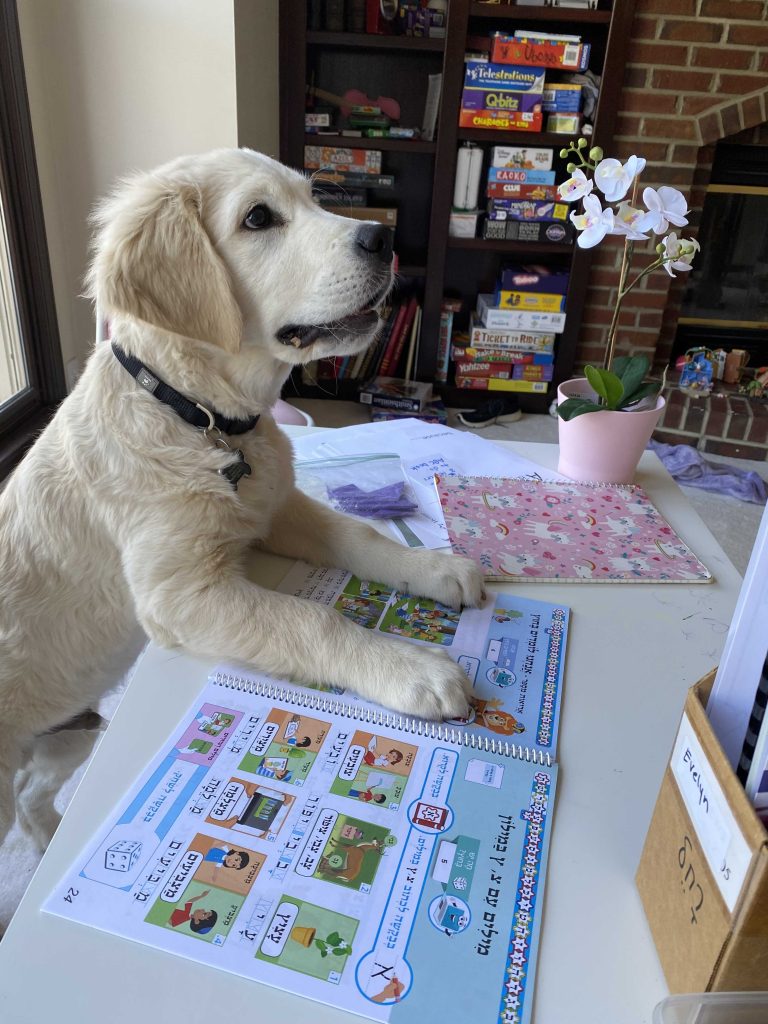
Reviews on the app only point to the fact that Zoom is truly questionable at times. In one anonymous review, a very introspective user declared “I CAN’T LOGIN AND SCHOOL SUCKS.” Though it is unclear if the user has a problem with Zoom or simply the concept of school, these mighty words will warn anyone to stay away. On the other hand, though, one comment was “thanks idiots,” displaying the overwhelmingly grateful feelings that an individual has towards Zoom’s creation.
You may wonder why, if there are so many bugs with the platform, do we even bother using it? What the teachers aren’t telling you is that they only use it as a way out of school dress code. From the waist up, teachers wear the traditional black tie attire that is standard at HBHA, but from the waist down they all wear Spongebob pajama pants.
Despite these faults, you can still find students and teachers alike rushing- or dare I say zooming- to get on to their laptops every day. Abbie explains that “even with all the technological troubles, Zoom is still the place I want to learn,” and she hopes to graduate from “Zoom university” next year. As the adoration for Zoom only grows stronger, it is apparent that e-learning on Zoom will become a permanent fixture of HBHA education.



